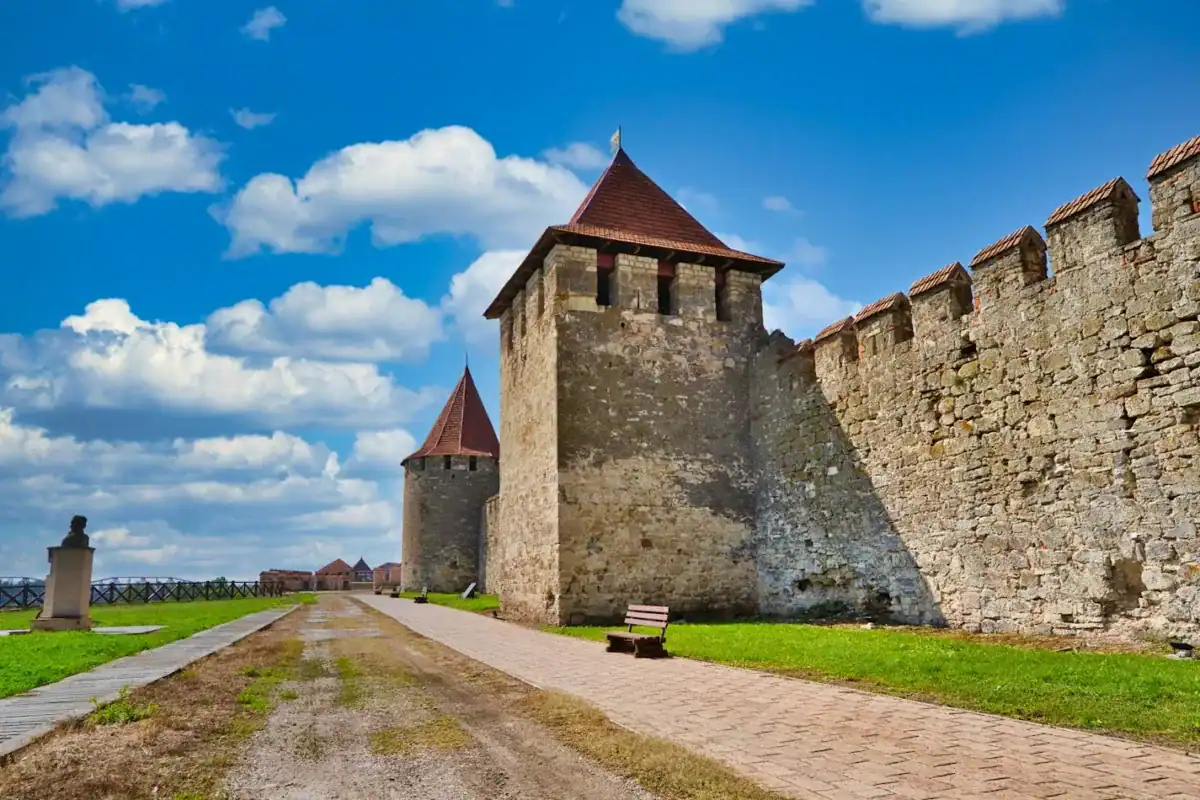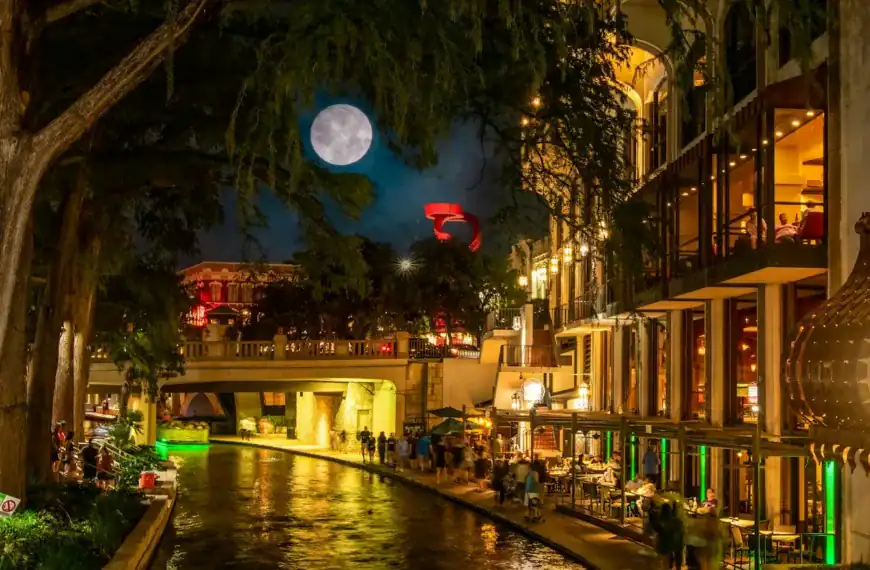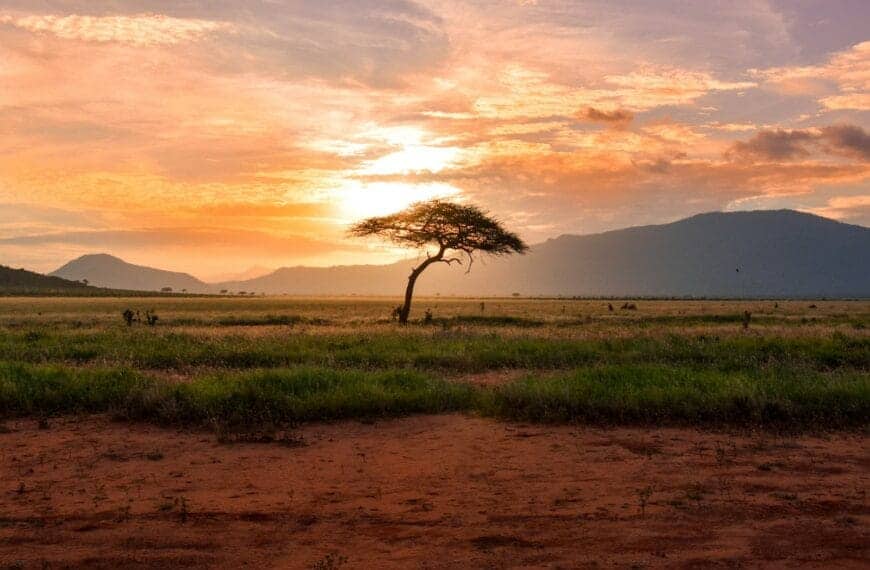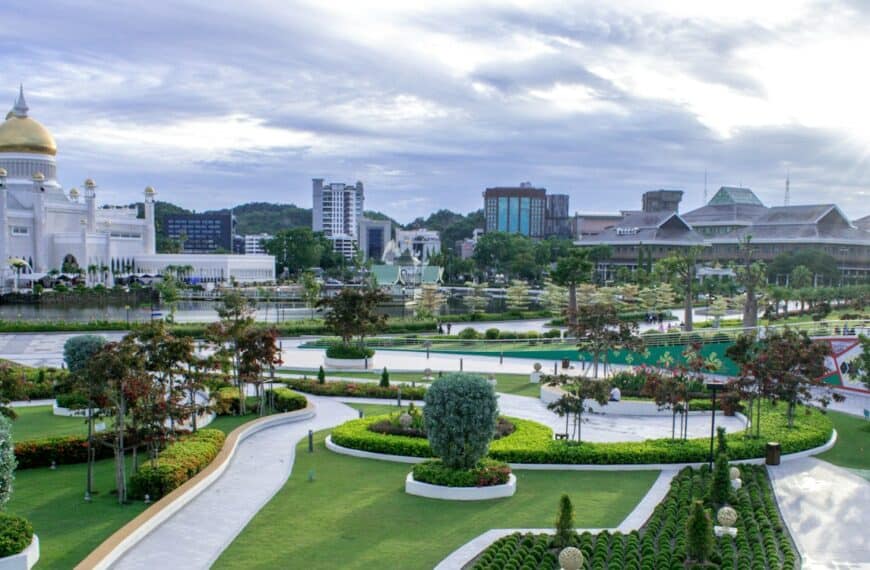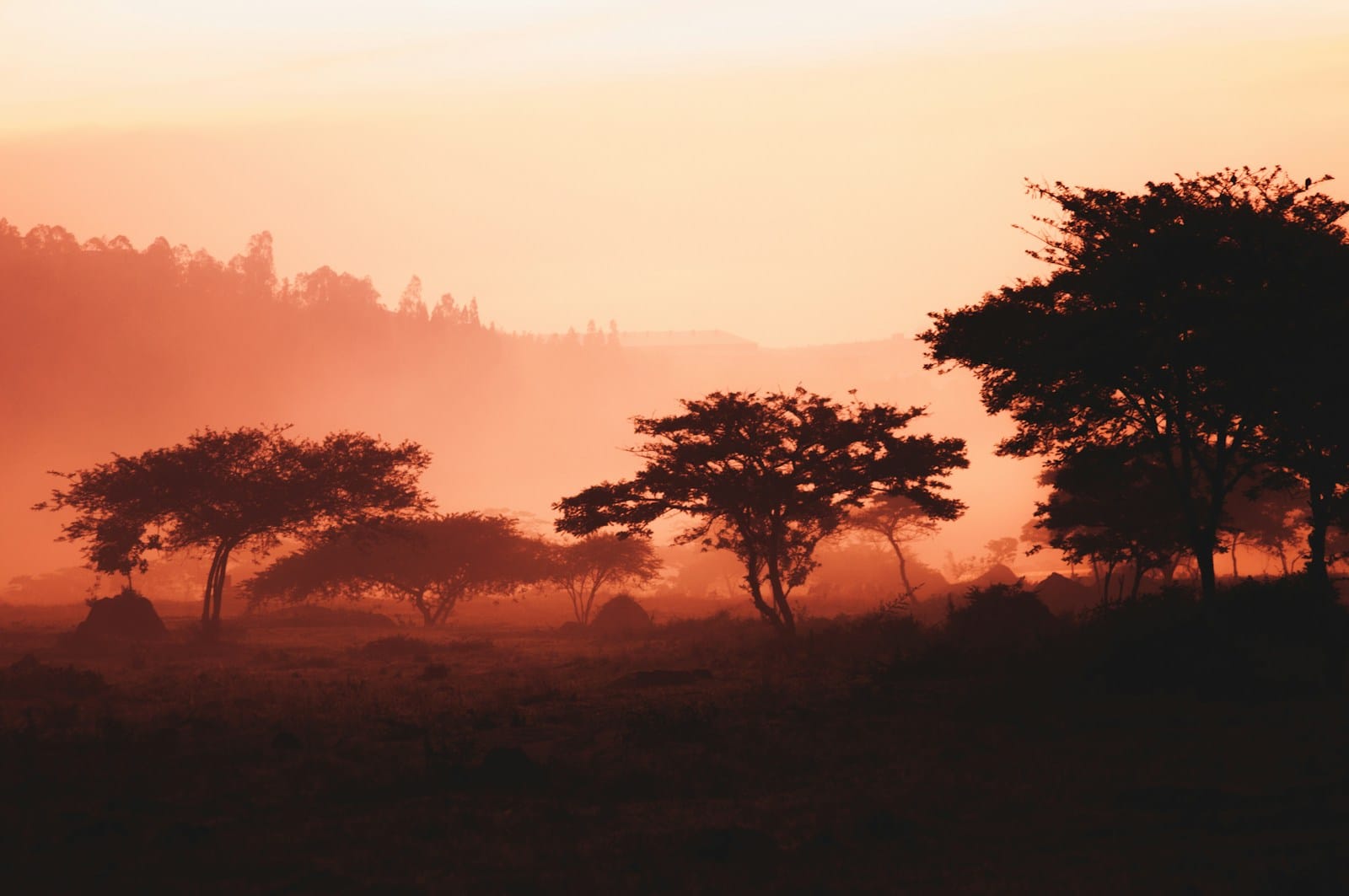Moldova Travel Guide: Wine Country, Monasteries & Untouched Charm
Intro to Moldova Travel Guide
Landlocked between Romania and Ukraine, Moldova is one of Europe’s least-explored treasures. Known for its endless vineyards, painted monasteries, and authentic rural traditions, the country rewards travelers with a sense of discovery. Whether you’re sipping rare vintages in underground wine cellars, wandering through Chişinău’s leafy boulevards, or exploring cave monasteries carved into limestone cliffs, Moldova offers a mix of old-world charm and warm hospitality.
This is a destination where time slows down. Villages still follow centuries-old customs, horse carts share the road with cars, and dinner often means homemade wine and farm-fresh produce. Start planning your journey with our Moldova Travel Guide — and discover how guided tours can bring its vineyards, monasteries, and culture to life.
Districts to Explore in Moldova
Anenii Noi | Basarabeasca | Briceni | Cahul | Cantemir | Călărași | Căușeni | Cimișlia | Criuleni | Dondușeni | Drochia | Dubăsari | Edineț | Fălești | Florești | Glodeni | Hîncești | Ialoveni | Leova | Nisporeni | Ocnița | Orhei | Rezina | Rîșcani | Sîngerei | Soroca | Strășeni | Șoldănești | Ștefan Vodă | Taraclia | Telenești | Ungheni
(Plus the autonomous territorial unit of Gagauzia, and the municipalities of Chișinău, Bălți, and Tighina.)
💡Quick Facts:
Destination: Moldova
Continent: Europe
Country: Republic of Moldova
Area: 13,068 mi² (33,846 km²)
Population: ~2.5 million
Capital: Chișinău
Regions: Central, North, South, Autonomous Territorial Unit of Gagauzia, Transnistria (breakaway region)
Official Language: Romanian (also referred to as Moldovan)
Regional Languages: Russian, Gagauz, Ukrainian, Bulgarian
Currency: Moldovan Leu (MDL)
Time Zone: Eastern European Time (EET), UTC +2; Daylight Saving Time observed
Climate: Moderate continental with cold winters, warm summers, and fertile plains
Known For: Wine regions, monasteries, Soviet architecture, rural landscapes, folk traditions, Orheiul Vechi archaeological complex
🛂Arrival Info:
Entry Requirements: Visa-free entry up to 90 days for EU, U.S., UK, Canada, and most European travelers. Other nationalities may require a visa.
Visa Information: Ministry of Foreign Affairs – Moldova Visa Portal
Main Airport: Chișinău International Airport (KIV).
Access Points: Land entry from Romania and Ukraine; international flights to Chișinău.
Required Documents: Passport valid for at least 6 months beyond stay; onward or return ticket may be required.
🏥Health Info:
Vaccines: No mandatory vaccines; routine vaccinations recommended.
Healthcare Access: Public hospitals available but limited outside Chișinău; private clinics offer better services.
Emergency Care: Basic emergency services in cities; rural areas less equipped.
Risks: Tap water not recommended for drinking; air pollution in Chișinău can be high.
🚑 Check travel insurance options for travel emergencies, delays, and medical needs abroad — Get coverage here
💉 Stay Informed with Official Updates: WHO – International Travel & Health | CDC – Travel health updates
🚨Travel Advisory:
Safety Level: Generally safe; exercise caution in Transnistria, which operates independently of Moldova’s government.
Crime Risks: Petty theft and scams possible in cities and transport hubs.
Road Safety: Poor road conditions in rural areas; driving standards variable.
Political Situation: Tensions with breakaway Transnistria region; check advisories before travel.
🌍Track Real-Time Official Updates: US Travel Advisory | UK Foreign Travel Advice | Government of Canada | NZ SafeTravel
🥳Holidays:
New Year’s Day: January 1
Orthodox Christmas: January 7
International Women’s Day: March 8
Victory Day: May 9
Independence Day: August 27
Language Day: August 31
National Wine Day: First weekend of October
💰Visitor Info:
Currency: Moldovan Leu (MDL)
Payments: Credit cards accepted in cities; cash preferred in rural areas.
Average Costs: Budget €25–40/day; mid-range €50–80/day; luxury €120+ per day.
Tipping Customs: 5–10% in restaurants is common.
Tourist Taxes: Accommodation taxes may apply in larger cities.
🛫Airports:
Chișinău International Airport (KIV): Main international gateway with flights to Europe and beyond.
🧳 Delayed or canceled flight? Check if you’re eligible for compensation
🚍Transport:
Rail: Connections to Romania (Bucharest) and Ukraine (Odessa, Kyiv).
Buses/Minibuses (marshrutkas): Primary domestic and regional transport option.
Driving Laws: Drive on the right; international driver’s license recommended.
Car Rentals: Available at Chișinău Airport and in major cities.
🚗 Book reliable airport transfers and in-city rides in advance. Reserve your ride here
🛰️Connectivity:
Mobile Coverage: Good in cities, weaker in remote areas.
Wi-Fi Access: Common in hotels, cafes, and restaurants in cities.
Local Carriers: Moldcell, Orange Moldova, Unite.
eSIM/SIM: Widely available at Chișinău Airport and city shops.
🛜 Stay connected abroad with affordable eSIM data packs. Get your eSIM here
📜Laws & Etiquette:
Drinking Age: 18 for alcohol.
Smoking Laws: Prohibited in enclosed public spaces.
Dress Code: Casual; modest attire for religious sites.
Cultural Etiquette: Hospitality is important; offering food or drink is customary.
👮Emergency Info:
Emergency Number: 112 (general emergency)
Police: 902
Ambulance: 903
Fire: 901
Main Hospital: Republican Clinical Hospital in Chișinău.
Embassies: Most foreign embassies are located in Chișinău.
🏛️ Use embassy locator tools: Embassies Worldwide
🌞Weather:
Climate: Moderate continental with four seasons.
Best Season: May–September for warm weather, wine festivals, and outdoor activities.
Average Temperatures: Winter 20–35°F (-7 to 2°C); summer 75–85°F (24–30°C).
Rainfall: Evenly distributed; summer thunderstorms common.
Daylight: Long daylight in summer; short winter days.
🌦️ Stay prepared—check the weather forecast for your destination — Weather Forecast
Moldova by Region – Where to Go
Central Moldova
- Chişinău – The capital city, blending Soviet-era architecture, leafy parks, lively cafes, and a growing arts scene.
- Cricova – Famous for its sprawling underground wine cellars, among the largest in the world.
- Orheiul Vechi – An open-air museum complex with cave monasteries and dramatic river valley views.
Northern Moldova
- Bălți – Moldova’s “second city,” with markets, cultural centers, and a gateway to northern villages.
- Soroca – Home to the 15th-century Soroca Fortress and Roma (Gypsy) Hill with ornate mansions.
- Rudi Monastery – Secluded religious site surrounded by forests.
Southern Moldova
- Comrat (Gagauzia) – The capital of the autonomous Gagauz region, known for its unique Turkic-Christian culture and hearty cuisine.
- Cahul – Spa town with mineral waters and access to southern vineyards.
- Palanca & Lower Dniester – Wetlands, birdwatching, and rural life on the Ukrainian border.
Eastern Moldova (Transnistria)
- Tiraspol – Capital of the self-declared breakaway republic, where Soviet nostalgia remains strong.
- Bender Fortress – Massive 16th-century fortification on the Dniester River.
- Dubăsari – Rural landscapes and river scenery.
Top Places to Visit in Moldova
- Chişinău – Parks, museums, Soviet architecture, and a vibrant cafe culture.
- Cricova Winery – Underground wine tunnels stretching 120 km, with guided tastings.
- Milestii Mici – The world’s largest wine cellar, holding nearly 2 million bottles.
- Orheiul Vechi Monastery Complex – Iconic cave monasteries overlooking the Răut River.
- Soroca Fortress – A perfectly preserved medieval fort guarding the Dniester.
- Capriana Monastery – Historic monastery once patronized by Moldavian rulers.
- Tiraspol – Transnistria’s Soviet-style city with monuments, markets, and Russian-language culture.
- Bender Fortress – Turkish-built citadel with centuries of battle history.
- Gagauzia (Comrat) – Distinct cultural identity, cuisine, and wine traditions.
- Cahul – Wellness spa hub with mineral springs.
Book immersive Moldova tours and experience unforgettable things to do in Moldova — from underground wine tastings and fortress explorations to monastery visits, village stays, and Soviet-era city tours.
How to Choose Where to Go
- For wine lovers – Cricova, Milestii Mici, and Comrat (Gagauzia) are essential stops.
- For history and heritage – Explore Orheiul Vechi, Soroca Fortress, and Capriana Monastery.
- For Soviet nostalgia – Spend a day in Tiraspol and Bender Fortress.
- For wellness – Visit Cahul’s mineral spas.
- For rural charm – Northern villages, Rudi Monastery, and homestays along the Dniester.
How to Get Around
Moldova’s transport system is basic but functional.
- Airports: Chişinău International Airport (KIV) is the main gateway.
- Trains: Slow but scenic connections to Ukraine and occasional services to Romania.
- Buses & minibuses (rutieras): The most common way to travel between cities and villages.
- Car rental: Recommended for reaching rural monasteries and vineyards. Roads vary in quality.
- Walking: Chişinău and small towns are compact and best explored on foot.
Travel Budget and Costs
Moldova is one of Europe’s most affordable destinations.
- Budget (€25–40/day): Hostel stays, local buses, street food.
- Mid-range (€50–100/day): Comfortable hotels, winery tours, guided excursions.
- Luxury (€120–200/day): Boutique stays, private wine tours, spa treatments.
Money-saving tips:
- Use minibuses for intercity travel.
- Join group tours of wineries to cut costs.
- Eat in local canteens (cantinas) for hearty, cheap meals.
Best Time to Visit
- Spring (April–May): Blossoming orchards, mild temperatures, and fewer tourists.
- Summer (June–August): Warm weather (25–30°C), festivals, and vineyard visits.
- Autumn (September–October): Wine harvest season, golden landscapes, and ideal for tastings.
- Winter (November–February): Quiet season with snow-dusted monasteries; not ideal for hiking but cozy for city and wine tours.
Festivals and Cultural Events
- Wine Day (October) – Moldova’s most important celebration, with tastings and vineyard events nationwide.
- Martisor Festival (March 1) – Spring festival where red-and-white charms symbolize renewal.
- Chişinău City Day (October 14) – Parades, concerts, and cultural shows.
- Gagauzia Wine Festival (November) – Celebrating regional identity and wine traditions.
- Soroca Roma Festival (Summer) – Music, dance, and culture of the Roma community.
Must-See Experiences
- Touring underground wine cellars by car or bicycle in Cricova.
- Exploring Orheiul Vechi cave monasteries at sunset.
- Walking the leafy boulevards of Chişinău with cafe stops.
- Joining the Wine Day festival for tastings and concerts.
- Visiting Soroca Fortress for medieval military history.
- Taking a day trip to Tiraspol for a glimpse of Transnistria’s Soviet vibe.
- Relaxing in Cahul’s mineral baths.
- Staying in a rural homestay with traditional meals.
Adventure and Water Activities
- Hiking: Orheiul Vechi river valley, northern forests, and Rudi Monastery trails.
- Cycling: Chişinău to Cricova winery routes, or through southern villages.
- Birdwatching: Wetlands along the Lower Dniester.
- Kayaking: Occasional guided trips on the Dniester River.
- Horseback riding: Rural tours available near Orhei and northern villages.
National Parks and Outdoor Adventures
- Codru Forest Reserve – Old-growth forest, one of Europe’s oldest protected areas.
- Lower Dniester National Park – Wetlands, fishing, and migratory bird habitats.
- Orheiul Vechi Reserve – Archaeological and natural landscapes in a river valley.
- Padurea Domneasca Reserve – Bison reintroduction site with rich biodiversity.
History and Heritage
- Medieval principalities: Moldova’s roots trace to Moldavia, linked with Romanian history.
- Ottoman and Russian influences: Centuries of shifting rule left cultural imprints.
- Soviet era: Heavy industry, collective farming, and distinctive architecture shaped Chişinău.
- Independence (1991): Moldova gained sovereignty but retained strong cultural ties to Romania.
- Transnistria: A frozen conflict region since 1992, maintaining de facto independence.
Best Travel Itineraries
3-Day Highlights
Day 1: Explore Chişinău’s parks, museums, and markets.
Day 2: Cricova wine cellars and Orheiul Vechi cave monasteries.
Day 3: Day trip to Soroca Fortress or Tiraspol.
5-Day Explorer
Day 1: Chişinău sightseeing and dining.
Day 2: Wine tours at Cricova and Milestii Mici.
Day 3: Orheiul Vechi and nearby villages.
Day 4: Soroca Fortress and Roma Hill.
Day 5: Tiraspol and Bender Fortress.
7-Day Cultural Journey
Days 1–2: Chişinău and Cricova.
Days 3–4: Orheiul Vechi and rural stays.
Day 5: Soroca Fortress and monastery visit.
Day 6: Tiraspol, Bender Fortress.
Day 7: Cahul mineral spa and Gagauzia culture.
10-Day Immersion
Combine the above with deeper regional tours: Padurea Domneasca, Lower Dniester wetlands, and multiple winery stops.
Unique Stays & Accommodations
- Boutique hotels in Chişinău – Modern comfort with Moldovan design touches.
- Wine resorts at Cricova and Milestii Mici – Sleep surrounded by vineyards.
- Rural guesthouses near Orheiul Vechi – Authentic meals and traditions.
- Budget hostels in Chişinău – Affordable stays for backpackers.
- Spa hotels in Cahul – Mineral spring treatments and wellness.
Local Cuisine & Culinary Experiences
- Mămăligă – Cornmeal porridge served with sour cream, cheese, and meat.
- Sarmale – Cabbage rolls stuffed with rice and minced meat.
- Zeama – Chicken soup with homemade noodles and herbs.
- Placinte – Savory or sweet pastries stuffed with cheese, cabbage, or cherries.
- Wines – Moldova’s standout product, from Pinot Noir to indigenous Rara Neagră.
- Homemade brandy (divin) – Often shared in villages as a gesture of hospitality.
Travel Safety & Cultural Etiquette
- Moldova is safe for travelers, though roads can be rough.
- Public transport is inexpensive but crowded.
- Learning a few Romanian phrases helps; Russian is widely spoken in the east.
- Always ask permission before photographing locals, especially in villages.
- Respect religious sites: modest dress is expected at monasteries.
Where to Go Next
- Romania – Cross the border to Iași, famous for churches and literary heritage.
- Turkey – Direct flights from Chişinău bring you to Istanbul’s cultural crossroads.
- Bulgaria – A short flight connects you to Sofia’s Orthodox cathedrals and Balkan charm, or Varna on the Black Sea coast for beaches and summer festivals.
- Poland – Reachable via regional flights, Warsaw and Kraków offer medieval squares, World War II history, and thriving arts and café cultures.
Final Planning Checklist
- Book flights into Chişinău International Airport.
- Reserve wine tours in advance, especially Cricova and Milestii Mici.
- Carry euros or Moldovan leu (MDL).
- Pack for mixed weather: summers hot, winters snowy.
- Download offline maps for rural travel.
- Arrange travel insurance, especially for excursions into Transnistria.
- Keep cash handy; many rural areas lack card facilities.
Moldova rewards the traveler who seeks authenticity. From endless wine cellars to river-carved monasteries, from bustling Chişinău boulevards to quiet village lanes, it’s a country where traditions remain alive.
Ready to discover Eastern Europe’s best-kept secret? Explore our Europe travel guides and tours to plan your Moldova adventure.

